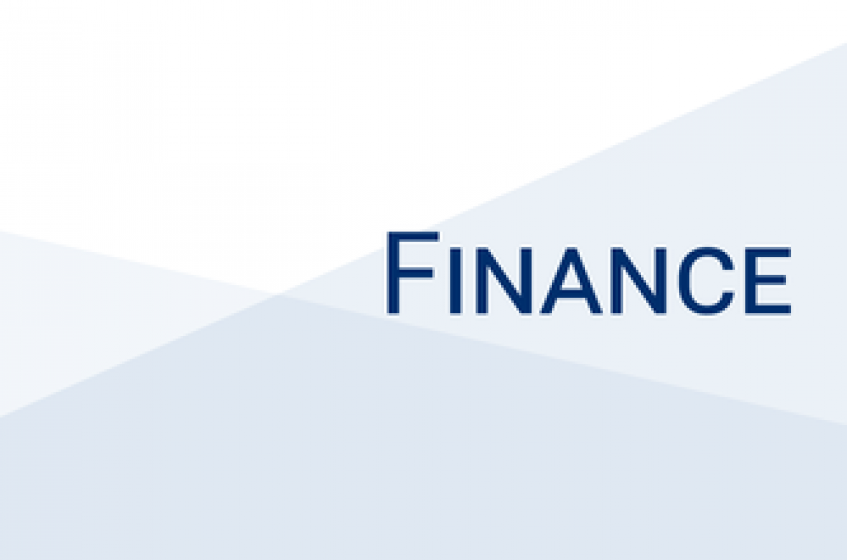
“Workplace Inequality in Pay Growth: A First Look” by Prof. Jie He
Department of Finance
University of Georgia
While previous literature of within-firm pay inequality exclusively focuses on the difference in pay levels between executives and employees, we study the difference in pay growth between the two groups (i.e., “pay growth gap”), especially its relation with a firm’s past idiosyncratic stock return, the “skill” component of stock performance. Using granular, individual-level compensation data for US public companies, we find a negative relation between pay growth gap and past idiosyncratic stock return for firms with poor performance, suggesting that in such firms, executives enjoy higher relative pay growth when they perform worse. This “reverse incentive alignment” is absent in firms with good performance, and more pronounced when corporate governance is worse. Further, it is driven by the pay growth of executives, especially higher-ranked ones, rather than that of employees. Among poorly performing firms, turnover rates of executives relative to employees are also lower upon worse past performance. Our evidence is more consistent with managerial rent extraction than with other explanations such as differential talent or labor market conditions across the corporate hierarchy.







